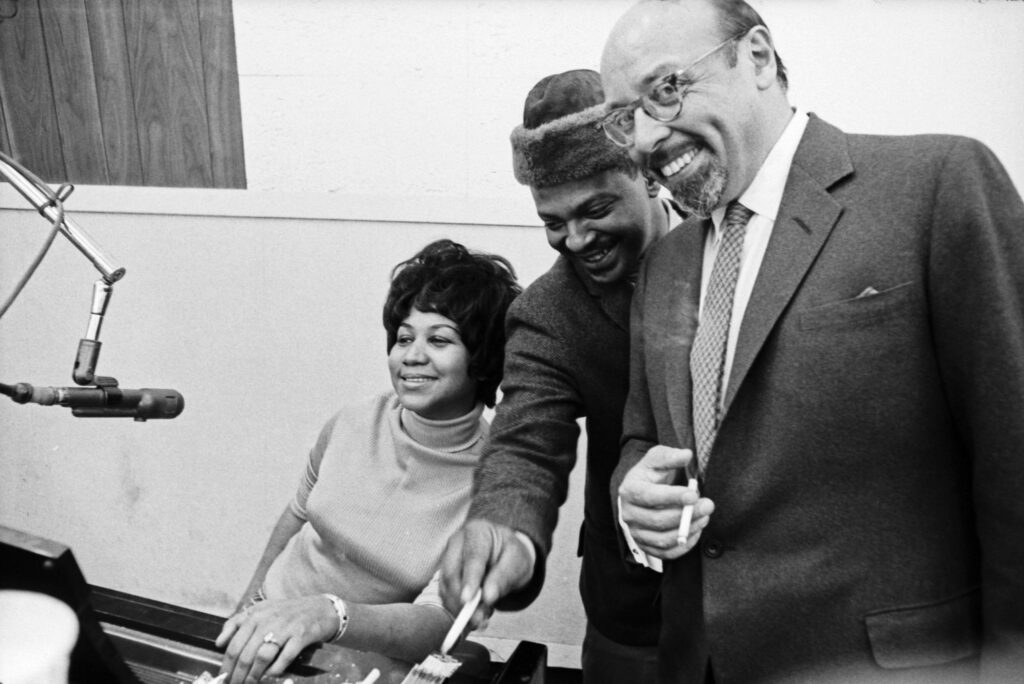
Do we really need another post-1945 history of the United States? That was what I asked myself when a senior editor at Cambridge University Press approached me about writing Winds of Hope, Storms of Discord: The United States Since 1945 in 2017. After all, the academic publishing market already abounded with excellent survey texts covering this topic, books I had gratefully assigned to my students and had read with considerable profit to my own education. As I pondered the editor’s suggestion, however, I realized I was in position to offer something that was new and could meet the needs of students, teachers, and general readers alike.
At the very least, such a book would be up-to-date, chronicling the most recent events of US history and reexamining earlier events from the vantage point of the current era. The election of Donald Trump in 2016 had upended many of our assumptions about the nature of America’s political culture and the stability of its governing institutions. How and why did the electoral system produce such an outcome? In what ways should Trump’s ascendancy alter our understanding of previous eras of postwar US history? Other recent developments the explosive growth of social media; heightened sensitivity to the harms caused by sexual exploitation, racialized police violence, and other forms of abuse and oppression; new understandings of gender identity—likewise called for a fresh look. First and foremost, these developments needed to be chronicled and explained. More subtly, they provided novel prisms through which to view earlier decades of US history.
I also thought such a book could be relatively concise. Yes, I know, the published version of Winds of Hope, Storms of Discord clocks in at 500 pages. But most other post-1945 US survey texts, at least if they aspire to be comprehensive, are a good deal longer than that. And the chronological scope of my book has come to exceed three-quarters of a century. At a sentence-to-sentence level, Winds of Hope covers more history in fewer words than most other comparable works do. The necessity of combining comprehensiveness with brevity has presented both challenges and opportunities. Nearly every chapter encompasses a very wide range of subjects: politics, economics, culture, demographics, and so on. There was no other way. Granting each of these areas the focused, singular, and sustained attention it deserved would have added hundreds of more pages to the book. Yet multithemed chapters do offer some advantages. We see, for example, how struggles for racial justice at home dovetailed with the drive for decolonization abroad, and how both phenomena, in turn, transformed the Cold War. Similarly, we can trace the impact of US military and diplomatic intervention abroad on changing patterns of immigration to the United States, and the profound influence of immigration debates on domestic American politics.
Finally, I thought I could employ a more vivid and engaging prose style than one typically finds in works of this sort. I believe that my narration combines empathy and fair-mindedness with verve and a touch of irreverence. I also start each chapter of Winds of Hope with a lively vignette that encapsulates the chapter’s themes. Because each chapter typically covers so much varied material, the opening scene is itself often multilayered and intricate.
Perhaps my favorite vignette is the one that launches the book as a whole. It is April 1946. The USS Missouri glides into the port of Istanbul, bearing the body of Turkey’s late ambassador to the United States, Mehmet Münir Ertegün, who has died in Washington during the recently concluded war. Ostensibly, the Missouri’s mission is simply to repatriate the ambassador’s remains. But because this was the same vessel aboard which Japanese officials formally surrendered to the Allied powers several months earlier, its appearance in Istanbul harbor sends a warning message to the Soviet Union, which has been subjecting Turkey to menacing diplomatic pressure. A decades-long Cold War between the superpowers will shortly ensue.

The focus shifts to the ambassador’s 23-year-old son, Ahmet Ertegun, who stays in the United States and becomes deeply enmeshed in the life of his adopted country. Pursuing a passion for blues and jazz that has gripped him since boyhood, Ertegun forms Atlantic Records, a highly influential label that, in the 1950s, pioneers new recording techniques and helps to create a market for Black rhythm-and-blues performers. Over the following decades, Ertegun branches out to promote a wide array of popular-music genres, divining the commercial potential in artists as varied as Aretha Franklin, Sonny & Cher, Led Zeppelin, Phil Collins, and Kid Rock. In the 1980s Ertegun acknowledges, and makes modest efforts to redress, the unjust terms imposed on many of Atlantic’s early performers and, by extension, on Black artists across the recording industry. Later still, other damning offenses come to light. In 2018, a dozen years after the impresario’s death, a former executive at Atlantic Records credibly alleges that Ertegun repeatedly subjected her to crude and unwelcome sexual advances. The deceased promoter has become a figure in the “Me Too” saga.
I write in the introduction that Ertegun’s biography, though hardly typical, “reflected circumstances that told the story of the nation as a whole in the decades after 1945: commanding power on the world stage, unprecedented prosperity and social mobility, rapid technological change, increasing ethnic diversity, and the flourishing of new cultural expressions that gestured toward rebellion and challenged old racial hierarchies and taboos. Yet his life also signified the persistence of injustice and exploitation in postwar America, and the relentless efforts by the victims of such offenses to bring them to light and force a public reckoning.” These are among the animating themes of Winds of Hope, Storms of Discord.
Latest Comments
Have your say!